Note: This website was automatically translated, so some terms or nuances may not be completely accurate.
The Future of Sports Branding ~ The Regional Centripetal Force Created by Sports Tourism

Munehiko Harada
Waseda University School of Sport Sciences

Keisuke Konishi
Dentsu Inc.
As society matures and globalization advances, the social, cultural, and economic value of sports is receiving renewed attention today. New trends, such as revitalizing cities and regions through sports tourism, are also spreading in Japan. This time, Professor Munekazu Harada of Waseda University's School of Sport Sciences, a leading authority in Japanese sports marketing research, and Keisuke Konishi of Dentsu Inc. engaged in a dialogue about the new possibilities and initiatives in this sports branding.

New Trends in Sports Branding
Konishi: Professor Harada and I have worked together as members of the Okinawa Prefecture Karate Branding Study Committee. You have pioneered the establishment of sports business marketing in Japan and led initiatives like the Japan Sports Tourism Association (JSTA) to create new regional value through "sports × tourism." Your publications have been extremely insightful and educational.
Harada: Sports tourism is a concept that gradually spread in Europe and America around the 1980s. Particularly in Western countries, when people take long vacations, many engage in sports, so sports and tourism naturally became intertwined.
However, in Japan, where leisure time is limited, this hasn't been as feasible. Short-term tourism, such as weekend hot spring trips or visiting famous historical sites, has been the norm.
While our research on sports tourism itself progressed early on, the Japan Tourism Agency was only established in 2008, and the Japan Sports Tourism Promotion Organization was launched in 2012. Only then did we see nationwide momentum emerge. Of course, the bid for the 2020 Tokyo Olympics and Paralympics also served as a major incentive.
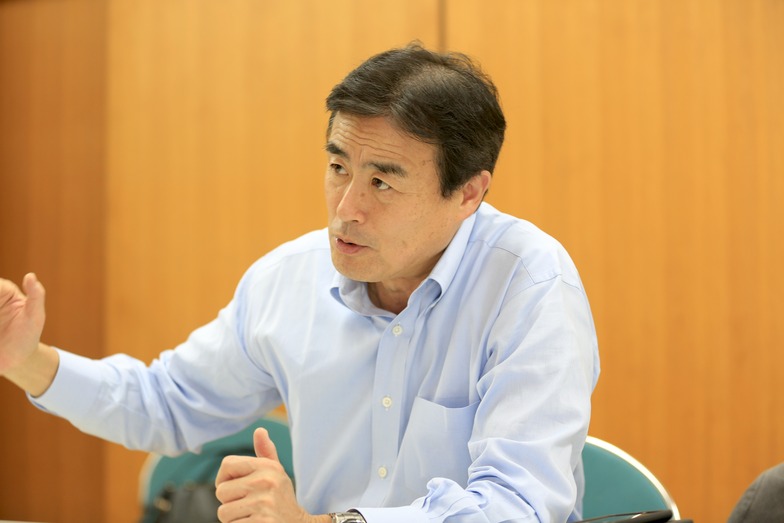
Konishi: Recently, alongside the rapid expansion of inbound tourism, sports have come into the spotlight as attractive regional content for Japan's goal of becoming a tourism-oriented nation. Professor Harada has truly been at the forefront of leading and contributing to this movement. Particularly in sports tourism, the perspective of linking cities and regions with sports was refreshing.
Harada: Sports have the characteristic of being intrinsically tied to a specific location as a real-world experience. The concept of revitalizing cities and regions through sports aims to leverage this characteristic by positioning sports within urban management strategies. This approach seeks to achieve several outcomes: ① building the city's "social capital," ② encouraging "consumption" by people both within and outside the region, ③ contributing to "enhancing the sense of community" among local residents, and ④ improving the "regional image" by utilizing the brand value inherent in sports.
When considering the connection between sports and regions, in places like the United States, the term "major city" exists, reflecting how cities hosting major sports leagues hold higher status. Sports have truly become a crucial element in urban management. A classic example involves building stadiums in impoverished or slum-like areas to drive redevelopment and generate foot traffic.

Konishi: These are all initiatives focused on creating value over the medium to long term. From a corporate marketing perspective, sports are often viewed through a one-sided, short-term lens of "utilization." Listening to Professor Harada, I became very interested in the perspective that various stakeholders involved in sports—athletes, spectators/supporters, communities, and companies—should "share and enhance the social, cultural, and economic value inherent in sports." I believe this is precisely the mindset that should form the starting point for sports branding.
By the way, this is a very fundamental question, but what exactly is the intrinsic value inherent in sports?
What is the brand value of sports, and why is it important today?
Harada: While the value of sports varies across different disciplines, I believe the greatest shared appeal is unpredictability. Within the game—be it a match or competition—you never know what will happen. This uncertainty keeps people engaged and focused, creating unique experiences, drama, and emotion.

Konishi: I see. In the marketing world, brand experience value is also emphasized. In the digital age, isn't this inherent appeal of sports—along with the "real, real-time, physical experience" it offers—becoming even more valuable? As communication and daily routines become increasingly individualized, sports create shared, simultaneous experiences for many people, amplifying the value of shared emotion.
Harada: Sports events broadly fall into "spectator sports" and "participatory sports." Today, especially, participatory sports are significantly expanding their participant base and market. Marathons are a prime example; currently, Japan hosts over 190 full marathon events annually. This growth in participatory sports generates sustained engagement and action among participants, acting as a major force driving tourism and consumption.
Konishi: I also think the essential value these sports hold in fostering people's "connections" and "personal growth" is a crucial element in contemporary branding. This value is significantly amplified through recording technologies like social networks and sensors. By enhancing participation through games and simulated experiences, "watching sports" can also incorporate elements of "participating sports."
Harada: That's fascinating. Recently, even demanding endurance sports like triathlon have seen rapidly growing popularity. Research shows that, contrary to the negative perceptions of endurance sports as "tough, painful, and long," triathlon participants view the sport through positive lenses like "overcoming," "challenging," "growing," and "connecting."
Also, when asked about the age at which people start triathlon, the average is 29. This means most start as adults, and participating in the sport becomes a means of resocialization—a way to gain a new identity as a working adult. In other words, these endurance sports provide a means for "self-actualization," and we're seeing significant potential for branding.
Regarding the "Okinawa Karate Branding" Initiative
Konishi: Now, I'd like to discuss specific case studies. Currently, I'm working with Professor Harada as a member of the Okinawa Karate Branding Study Committee. When considering "Okinawa Karate" from the perspective of Japan's unique sports culture, we recognize its immense potential anew. In fact, there aren't many sports cultures originating in Japan that have spread so widely across the world.
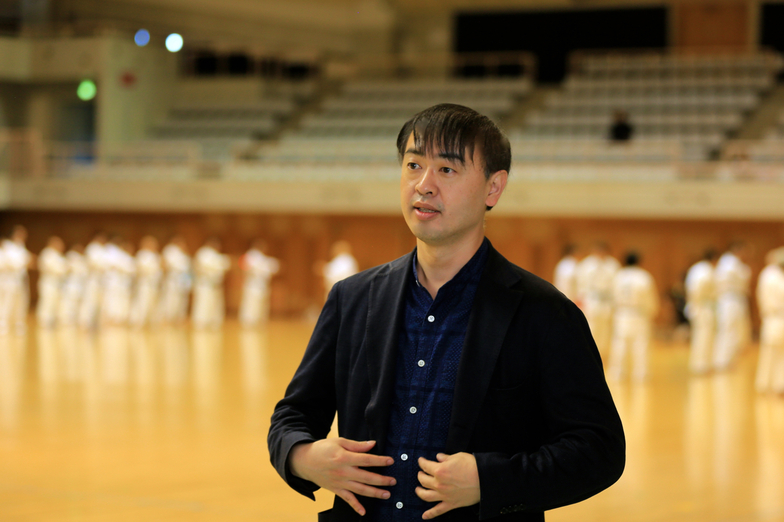
Harada: According to the World Karate Federation (WKF)'s statistics on karate practitioners (those who practiced within the past year), there are reportedly 100 million people across 190 countries and regions worldwide. Okinawa is the birthplace of karate (originating from the Okinawan martial art "Te" during the Ryukyu Kingdom era) and possesses a unique spiritual culture that transcends mere sport.
Konishi: That's the spirit of peace underlying it, a defensive martial art where every form begins with a "block," symbolized by the phrase "There is no first strike in karate."
Harada: The fact that karate classes are offered in 90% of Okinawan middle schools shows how deeply rooted Okinawan karate's spiritual essence is in the local culture. It's irreplaceable and incredibly powerful. This isn't something you can easily export globally just by opening more dojos. Conversely, it means you can experience and feel it by coming to Okinawa. This positions it perfectly for sports tourism and inbound tourism. It's much like Japan's "omotenashi" culture.
Konishi: From the perspective of the general public, karate might have a strong image as a masculine, combat-oriented martial art involving bare-handed tile-breaking or striking techniques. However, I was surprised to learn that Okinawan karate is fundamentally different—it's a martial art of self-discipline, not combat, and possesses a profound spiritual essence centered on "reverence." Furthermore, incorporating unique breathing techniques and offering health and beauty benefits, I feel it has the potential to reach a much broader audience.
It's crucial to create touchpoints and convey its value to the general public through sports tourism strategies, linking it with Okinawa's tourism appeal, starting with participatory events like "Karate Day."
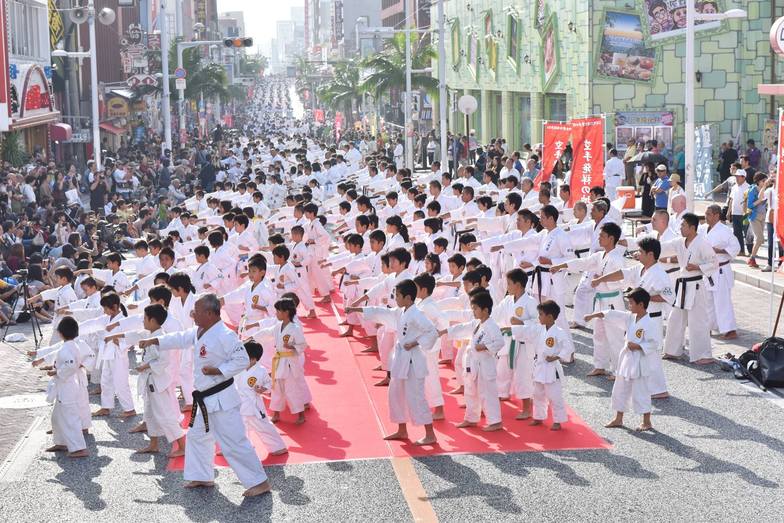
On October 25, 2015, during the commemorative event for "Karate Day" held in Okinawa Prefecture, over 2,000 karate practitioners, ranging from adults to children, performed a simultaneous demonstration on Kokusai Street.   nbsp; & nbsp; & nbsp; &
Harada: Karate was recently selected to be proposed to the IOC as an official sport for the 2020 Tokyo Olympics. Beyond that, Okinawa Prefecture is also progressing with the creation of a sacred site symbolizing the birthplace of karate: the "Okinawa Karate Hall," scheduled for completion next year, which aims to preserve, pass on, and develop traditional karate.
Furthermore, the Branding Committee is aiming for Okinawan karate to be registered as a UNESCO Intangible Cultural Heritage (similar to "washoku" Japanese cuisine). If achieved, this would be highly effective in promoting the spiritual and cultural value of Okinawan karate to the world.
The Potential of "Outdoor Sports" in Japan's Sports Tourism
Konishi: Japan's sports culture inherently possesses unique elements like karate, sumo, and judo. While initiatives like Cool Japan exporting anime and other Japanese culture abroad are well-known, from the perspective of sports tourism—including inbound tourism—how do you view the potential for sports branding in Japanese cities and regions?
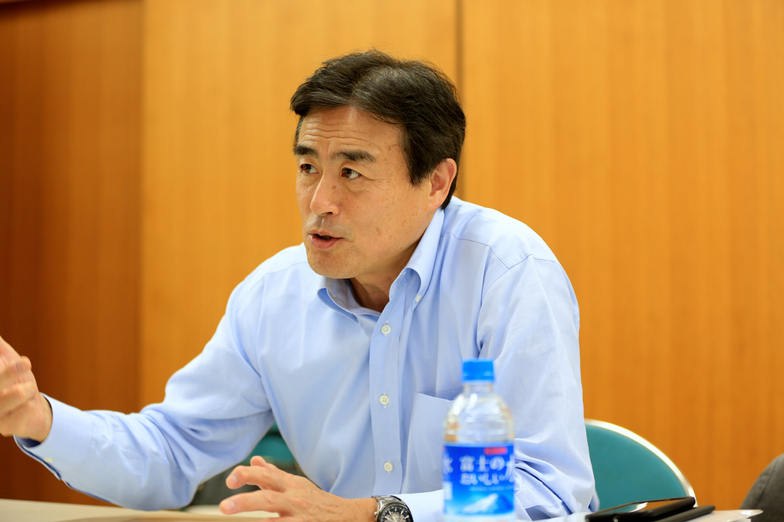
Harada: I believe the keywords for sports tourism in Japan are "regional areas" and "nature." Earlier, I mentioned the example of "major city" urban management in the US. Such urban infrastructure development is possible because they have major sports with enormous drawing power, like baseball and American football. In Japan, baseball is still pretty much the only sport that can justify the investment in facilities like stadiums and attract enough spectators to make it pay off. That's why it ends up relying heavily on corporate advertising and promotional spending.
In this context, I believe "outdoor sports" hold the highest potential for sports tourism in Japan's regional areas.
Konishi: Outdoor sports are indeed popular, not just marathons and triathlons, but also hiking, trekking, kayaking, rafting, and various marine sports. Activities like camping and glamping that let people enjoy nature, along with the evolution and fashionization of outdoor gear, have expanded their appeal as a lifestyle to a broad demographic, right?
Harada: When you visit Japan's regions, you see well-maintained roads thanks to local tax allocations, yet many areas face population decline and are sparsely inhabited. In such places, infrastructure investment isn't as costly, and you can utilize existing natural features like rivers, mountains, and seas.
Just as Niseko's powder snow was discovered by foreigners and became a hugely popular tourist destination, Japan possesses globally rich natural resources: distinct seasons, a long north-south landmass allowing enjoyment of sports from summer to winter, numerous steep mountains and forests, countless islands, and a long coastline. How we leverage these resources going forward is also crucial.
Konishi: These tourism resources are still far from being fully utilized. Creating unique soft value through local sports × tourism initiatives, and branding and marketing efforts to create new markets are becoming increasingly important.
Harada: That's right. The sports sector itself has largely neglected efforts to enhance the value of sports. This represents both a major challenge and opportunity for future sports tourism.
The Future of Sports Branding
New Partnerships for Companies and Brands
Konishi: Now, regarding the future of sports branding in Japan, I believe there are various opportunities and challenges. For example, looking ahead to 2020, what should we be considering moving forward?
Harada: It would be a waste if the inbound tourism generated by mega-sports events ended up being just a short-term effort. For example, during the 2012 London Olympics, tourist numbers increased by about 2% in the six months before and after the Games, but after they ended, they rose by over 12%. That's the kind of impact we should aim for.
Furthermore, the UK currently receives about 35 million tourists annually, with roughly 10% being sports tourists. The largest group is Premier League (soccer) tourists, around 900,000. They also have Wimbledon, golf, rugby, and more. By investing time to cultivate such high-quality sports content, they've generated this significant inbound tourism demand.
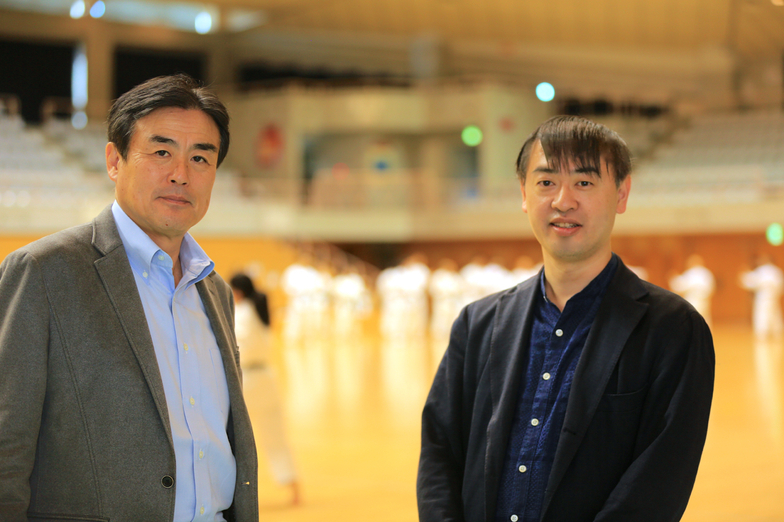
Konishi: Indeed, the UK seems to be a model for leveraging its strong tradition in modern sports for sports branding and business development.
Finally, could you offer advice on what perspective companies should adopt when considering sports branding moving forward? Personally, I feel we're at a turning point where companies must shift from merely "using" sports for marketing to "sharing the brand (experience) value of sports and co-creating with communities and fans," as leading brands are beginning to do.
Harada: In that sense, it's CSR. Right now, even in Japan, corporate interest in the Paralympics is rapidly increasing. We need to embed more social value into sports and co-create together.
Previously, I advocated for the concept of "One Company, One Athlete," where companies hire and support top athletes. This has evolved into initiatives like the JOC's " Athlete Navigation " (a job support program for top athletes). Supporting the development of such athletes is another avenue.
While companies will increasingly utilize sports as a media platform, the sports sector itself must adopt this marketing mindset. For instance, various schemes can be created through sports: fostering healthy development among youth, senior welfare, donations, and more.
Konishi: For companies and brands, adopting a strategic perspective on sports tourism to create new demand offers significant potential. Beyond their role as sponsors, they can engage with local communities by leveraging their own business resources, thereby enhancing brand value and contributing to sustainable business growth. Thank you for your valuable insights.
Was this article helpful?
Newsletter registration is here
We select and publish important news every day
For inquiries about this article
Author

Munehiko Harada
Waseda University School of Sport Sciences
Professor
After serving as a Fulbright Senior Research Fellow at Texas A&M University and a professor at Osaka University of Health and Sport Sciences Graduate School, he has held his current position since 2005. He also serves as the representative director of the Japan Sports Tourism Promotion Organization, researching sports-based marketing and community development.

Keisuke Konishi
Dentsu Inc.
Solution Development Center
Senior Solutions Director
In 2002, he was seconded to Prophet LLC in the United States, where he worked with David Aaker and others to develop brand strategies for global companies. Currently serving as Senior Solutions Director, he supports numerous clients with their brand and marketing strategies while advocating new brand and marketing strategy models for the digital age through extensive speaking engagements and publications. His authored works include Brand Community Strategy in the Social Era and translated works include Database Marketing for Customer Lifetime Value (both published by Diamond Inc.), among others.

